Our Aim
To provide you with an overview on New And existing technologies, hopefully helping you understand the changes in the technology. Together with the overviews we hope to bring topical issues to light from a series of independent reviewers saving you the time And hassle of fact finding over the web.
We will over time provide you with quality content which you can browse and subscribe to at your leisure.
TekSpek 's

AMD Radeon RX480
Date issued:
AMD Radeon RX 480
It's been a good start to the year for PC enthusiasts. Intel has unleashed the deca-core Core i7-6950X and NVIDIA has served up a suitable partner in the form of the high-end GeForce GTX 1080. Handy, if you happen to have thousands of pounds to pour into your next PC, but for everyone else a more mainstream solution is needed to sate our appetites.
Step forward AMD, who is today debuting a new graphics architecture, codenamed Polaris, with the launch of the Radeon RX 480.
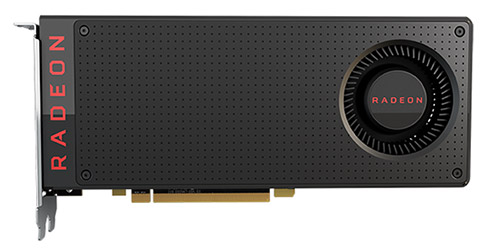
The arrival of a new architecture has historically taken the form of an enthusiast-class card whose goodness then trickles further down the ladder, but for 2016 AMD is trying something different, and Polaris races out of the gate with genuine mainstream appeal courtesy of pricing that starts at $199 US.
Granted, a card at this price point is never going to tickle the fancy of die-hard gamers seeking chart-topping performance, but let's not forget, the vast majority of PC users continue to game at an ubiquitous 1080p FHD resolution. And if hardware surveys are anything to go by, 84 per cent of gamers purchase graphics cards in the $100-$300 region.
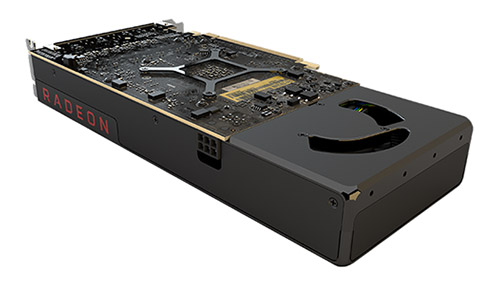
This is the sweet spot that AMD is targeting, and in the process, it hopes to displace the NVIDIA GTX 970 as the popular choice in this segment, while potentially stifling the upcoming GTX 1060. So what exactly makes the RX 480 special?
The stand-out improvement is, of course, a migration to a new manufacturing node. Radeon RX 480 is the first consumer GPU to be built on a 14nm process using FinFET technology from GlobalFoundries, and this enables a small 232mm² die packing a whopping 5.7bn transistors. For the record, that means RX 480 is 35 per cent smaller than R9 380X, despite a 14 per increase in transistor count.
AMD Radeon line-up |
|||||
|---|---|---|---|---|---|
| Radeon R9 Fury X | Radeon R9 390X | Radeon RX 480 | Radeon R9 380X | Radeon R9 370X | |
| Launch Date | July 2015 | June 2015 | June 2016 | November 2015 | June 2015 |
| Codename | Fiji XT | Grenada XT | Polaris XT | Antigua XT | Trinidad XT |
| Architecture | GCN 3rd | GCN 2nd | GCN 4th | GCN 3rd | GCN 1st |
| Process (nm) | 28 | 28 | 14 | 28 | 28 |
| Transistors (mn) | 8,900 | 6,200 | 5,700 | 5,000 | 2,800 |
| Approx Die Size (mm²) | 596 | 438 | 232 | 359 | 212 |
| Processors | 4,096 | 2,816 | 2,304 | 2,048 | 1,280 |
| Texture Units | 256 | 176 | 144 | 128 | 80 |
| ROP Units | 64 | 64 | 32 | 32 | 32 |
| Peak GPU Clock (MHz) | 1,050 | 1,050 | 1,266 | 970 | 1,000 |
| Peak GFLOPS (SP) | 8,602 | 5,914 | 5,834 | 3,973 | 2,560 |
| Memory Type | HBM | GDDR5 | GDDR5 | GDDR5 | GDDR5 |
| Memory Size (MB) | 4,096 | 8,192 | 4,096 / 8,192 | 4,096 | 2,048 / 4,096 |
| Memory Bus (Bits) | 4,096 | 512 | 256 | 256 | 256 |
| Memory Clock (MHz) | 1,000 | 6,000 | 7,000 / 8,000 | 5,700 | 5,600 |
| Memory Bandwidth (GB/s) | 512 | 384 | 224 / 256 | 182 | 179 |
| Power Connectors | 8+8 | 8+6 | 6 | 6+6 | 6 |
| TDP (Watts) | 275 | 275 | 150 | 190 | 140 |
| GFLOPS per Watt | 31.3 | 21.5 | 38.9 | 20.9 | 18.2 |
| Launch MSRP | $649 | $429 | $199 / $239 | $229 | $179 |
Perusing the specification table reveals the AMD RX 480 as arguably the most refined Radeon to date. 2,304 processors in a 150-watt package requiring only a single six-pin power connector is a noteworthy achievement, and AMD has the GPU hooked-up to either 4GB of 8GB of GDDR5 memory via a 256-bit bus. The frame buffer is expected to run at an effective 8,000MHz on most partner cards, though some may revert to 7,000MHz in order to keep costs down.
The ability to deliver almost 40 GFLOPS per watt makes this one of the most efficient GPUs available, and added efficiency plays a prominent role in the Polaris architecture. Getting into the nitty-gritty, each block of 36 Compute Units now has its own Geometry Processor, while four Asynchronous Compute Engines are able to run compute and graphics concurrently. Add to that an enhanced geometry engine, improved shader efficiency and a better memory compression engine, and you have, according to AMD, up to 15 per cent better performance on a clock-for-clock basis compared to the previous generation.
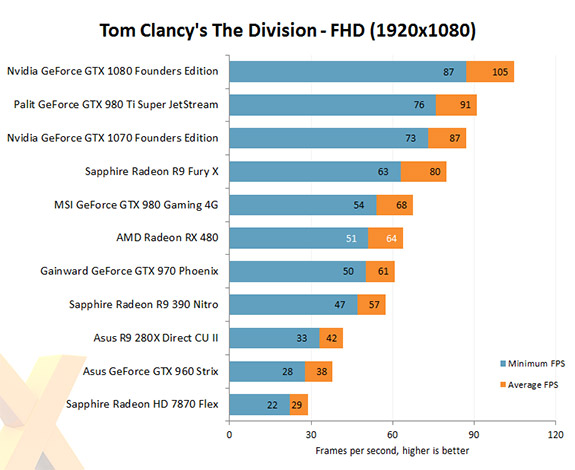
How do the under-the-hood refinements translate to real-world gameplay? Benchmarks from leading review sites paint the RX 480 in a favourable light. It's no match for the top-end cards - it isn't expected to be, given the price point - but the new Radeon copes well with modern titles and sits between GTX 970 and in Tom Clancy's The Division.
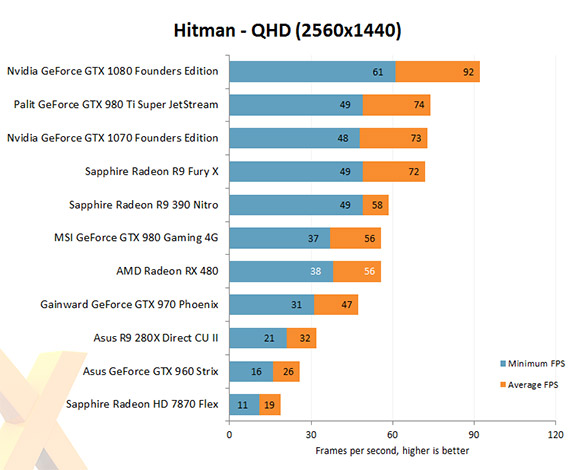
Though 1080p remains the most popular resolution, and by some distance, RX 480 certainly has scope to go further. Hitman uses the latest DX12 rendering techniques and the 14nm Radeon is shown to deliver an average of nearly 60 frames per second with in-game quality settings at their maximum.
Summary
Designed specifically to meet the needs of mainstream PC gamers, the AMD Radeon RX 480 employs a 14nm Polaris architecture to deliver potent mid-range performance at an attractive $199 price point.
Enthusiasts hoping to see AMD go toe-to-toe with the very best from NVIDIA may be left wanting, but for the shrewd gamers out there, Radeon RX 480 is an efficient, forward-looking solution that's well suited to FHD 1080p or QHD 1440p gaming.
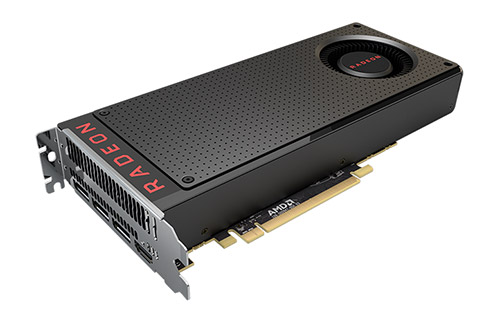
A wide range of AMD Radeon RX 480 graphics cards will, of course, be available to purchase at Scan Computers.